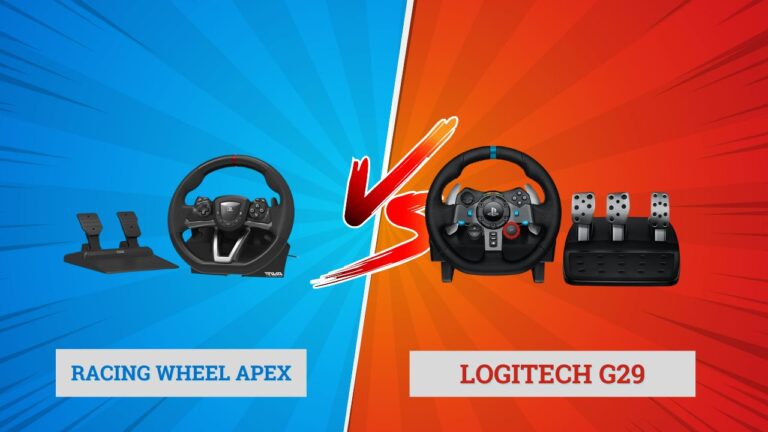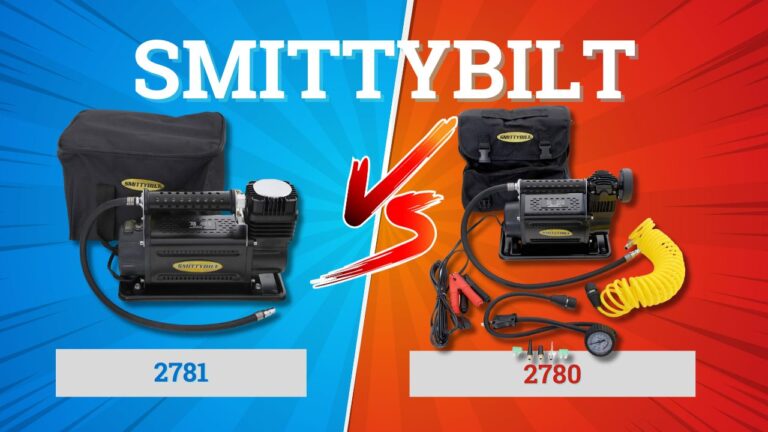When it comes to decorative lighting, G30 and G50 bulbs have gained popularity for their unique charm and versatility. Whether you’re decorating for a special occasion or simply enhancing the ambiance of your space, choosing the right bulb can make a significant difference. In this article, we will delve into the details of G30 and G50 bulbs, comparing their features, applications, and overall performance to help you make an informed decision.
Differences Between G30 and G50 Bulbs
| G30 Bulbs | G50 Bulbs | |
|---|---|---|
| Size | Smaller (30mm / 1.18 inches) | Larger (50mm / 1.97 inches) |
| Brightness | Soft and delicate glow | Bright and prominent |
| Applications | Indoor decorative lighting, small spaces | Outdoor lighting, large-scale displays |
| Filament Styles | Classic filament designs | More space for intricate designs |
| Energy Efficiency | Available in LED and incandescent | Available in LED and incandescent |
| Lifespan | LED: up to 25,000 hours | LED: up to 25,000 hours |
| Cost | Varies based on bulb type and brand | Varies based on bulb type and brand |
Size and Shape
The primary distinction between G30 and G50 bulbs lies in their size and shape. G30 bulbs have a smaller diameter, measuring approximately 30mm or 1.18 inches, while G50 bulbs are larger, with a diameter of around 50mm or 1.97 inches. As a result, G30 bulbs are more compact and delicate-looking, while G50 bulbs offer a bolder, more prominent appearance.
Brightness and Light Output
Both G30 and G50 bulbs are available in various wattages and have comparable light output. However, G50 bulbs tend to be slightly brighter due to their larger size, which allows for a higher maximum wattage. If you desire a more substantial illumination or need to light up a larger area, G50 bulbs may be a better choice. On the other hand, G30 bulbs offer a softer and more delicate glow, making them suitable for creating a cozy or intimate atmosphere.
Check also – G30 vs G40 Bulbs: What are the Differences?
Applications
The choice between G30 and G50 bulbs often depends on the desired application. G30 bulbs are commonly used for indoor decorative lighting, such as string lights, chandeliers, or pendant lamps. Their compact size and gentle glow make them ideal for adding a touch of charm to smaller spaces or intimate gatherings. G50 bulbs, with their larger size and brighter light output, are often preferred for outdoor applications, including patio lighting, commercial displays, and large-scale event decorations. Their bold and eye-catching appearance ensures visibility even from a distance.
Filament Styles and Aesthetics
Both G30 and G50 bulbs are available with various filament styles, adding to their decorative appeal. Classic filament designs, such as spiral, squirrel cage, or Edison-style filaments, are commonly found in both bulb types. However, due to their larger size, G50 bulbs offer more space for intricate and elaborate filament designs, allowing for greater customization and visual impact.
Energy Efficiency and Lifespan
In terms of energy efficiency, G30 and G50 bulbs are generally similar, with both being available in LED and incandescent options. However, LED bulbs are recommended for their longer lifespan and lower energy consumption. LED G30 and G50 bulbs can last up to 25,000 hours, whereas incandescent bulbs have a significantly shorter lifespan. Additionally, LED bulbs are more environmentally friendly, producing less heat and consuming less electricity.
Cost Considerations
The cost of G30 and G50 bulbs can vary depending on factors such as brand, bulb type (LED or incandescent), and filament style. Generally, LED bulbs tend to be more expensive initially but offer long-term cost savings due to their energy efficiency and extended lifespan. Incandescent bulbs, while initially cheaper, have higher energy consumption and require more frequent replacement, leading to higher overall costs over time.
Conclusion
In conclusion, the comparison between G30 and G50 bulbs highlights their distinct characteristics, making each type suitable for different applications and lighting preferences. Whether you seek to create an intimate indoor atmosphere or make a bold statement with outdoor lighting, the choice between G30 and G50 bulbs ultimately depends on the specific requirements of your project, the desired aesthetics, and your personal preferences. By considering the size, brightness, energy efficiency, and cost factors, you can select the ideal bulb type to bring your lighting vision to life.




